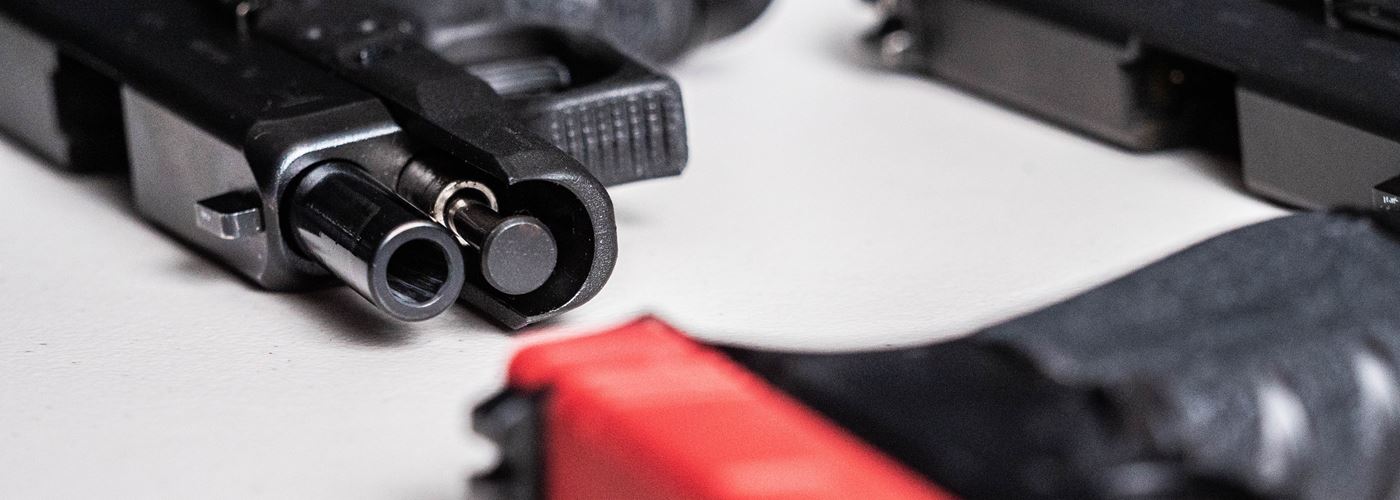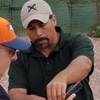
In defensive use, it’s important to know how to keep your pistol running. Naturally, a pistol will stop running if it’s out of ammo and requires reloading. Other times, there’s an interruption in the pistol’s cycle of operation.
A pistol’s cycle of operation includes loading the magazine, releasing the slide forward (which feeds a round into the chamber and locks the action closed) and then firing the round by pulling the trigger. As the round leaves the barrel, the slide unlocks. The extractor grabs the rim of the case as the slide moves rearward until it contacts the ejector, pushing the empty casting out. The recoil spring pushes the slide forward, repeating the cycle of operation.
It’s important to know the difference between a pistol malfunction and a stoppage.
Pistol Malfunction
A pistol malfunction may or may not cause an interruption in the cycle of operation. For example, when a pistol fires with the safety engaged, that’s a malfunction. You can usually detect malfunctions during function checks, routine cleaning and scheduled inspections.
Pistol Stoppages
A stoppage is an unintentional interruption in the operation cycle. An example would be a failure to feed due to an improperly seated magazine. Stoppages are usually the result of worn parts or improper care and cleaning of the weapon.
Commonly encountered stoppages:
-
Failure to fire. You press the trigger, the hammer/striker falls, but nothing happens. Some possible causes are a defective round, broken firing pin or worn striker spring.
-
Failure to feed. There are a few possible causes when a round doesn’t feed into the chamber from the magazine after firing and completing a full cycle of operation. This could be due to an improperly seated magazine, a dirty or dry weapon and or a dirty or worn magazine spring.
-
Stove pipe/Failure to extract. The spent case does not eject completely from the pistol and catches in the ejection port when the slide goes forward. Some possible causes are a defective extractor, the shooter not proper locking his/her wrists or a worn recoil spring.
-
Double feed. This stoppage occurs when the slide goes forward during the feeding step of the cycle of operation and tries to feed a round into the chamber when there is still a casing or round in there. This may be due to failure to extract, a defective magazine or worn spring or the shooter not properly clearing another stoppage.
How to Respond to Failure to Fire, Feed or Stove Pipe/Extract
The same response can clear a failure to fire, feed, extract/stove pipe. Immediate action, done high and close to your body, allows for stability and leverage while moving.
-
TAP the bottom of the magazine to insure it’s properly seated.
-
RACK the slide to chamber a new round.
-
SWEEP your safety if your pistol has an external manual safety.
-
RE-EVALUATE to see if the situation still requires justifiable use of deadly force.
It’s commonly thought that clearing a stove pipe with this method may cause a double feed. This isn’t true. Sticking with one immediate action for most stoppages increases your chance of surviving a deadly force encounter. To rack the slide, twist the pistol in toward your body as you rack the slide to chamber a new round. Assisted by gravity, casings fall to the ground instead of back into the chamber, which could possibly cause a double feed. You’ll be able to visually verify you’ve chambered a new round.
How to Respond to a Double Feed
If you’ve identified the stoppage as double feed and not just battery outage, then take this immediate action:
-
LOCK the slide to the rear.
-
RIP the magazine out of the well.
-
RACK the slide until the stoppage is clear. Leave the slide locked to the rear.
-
INSERT a new magazine into the well and release the slide to chamber a new round.
-
RE-EVALUATE to see if the situation still requires justifiable use of deadly force.
Immediate action takes time. You should always do it on the move and off line toward cover, if possible. Or, if the threat’s too close, straight into the threat, utilizing integrated combative skills and using the weapon as a striking tool. With proper care and quality ammo, stoppages may be rare, but you should still practice clearing them.
Looking to learn more about defensive firearms use? Start your firearms class search today.
